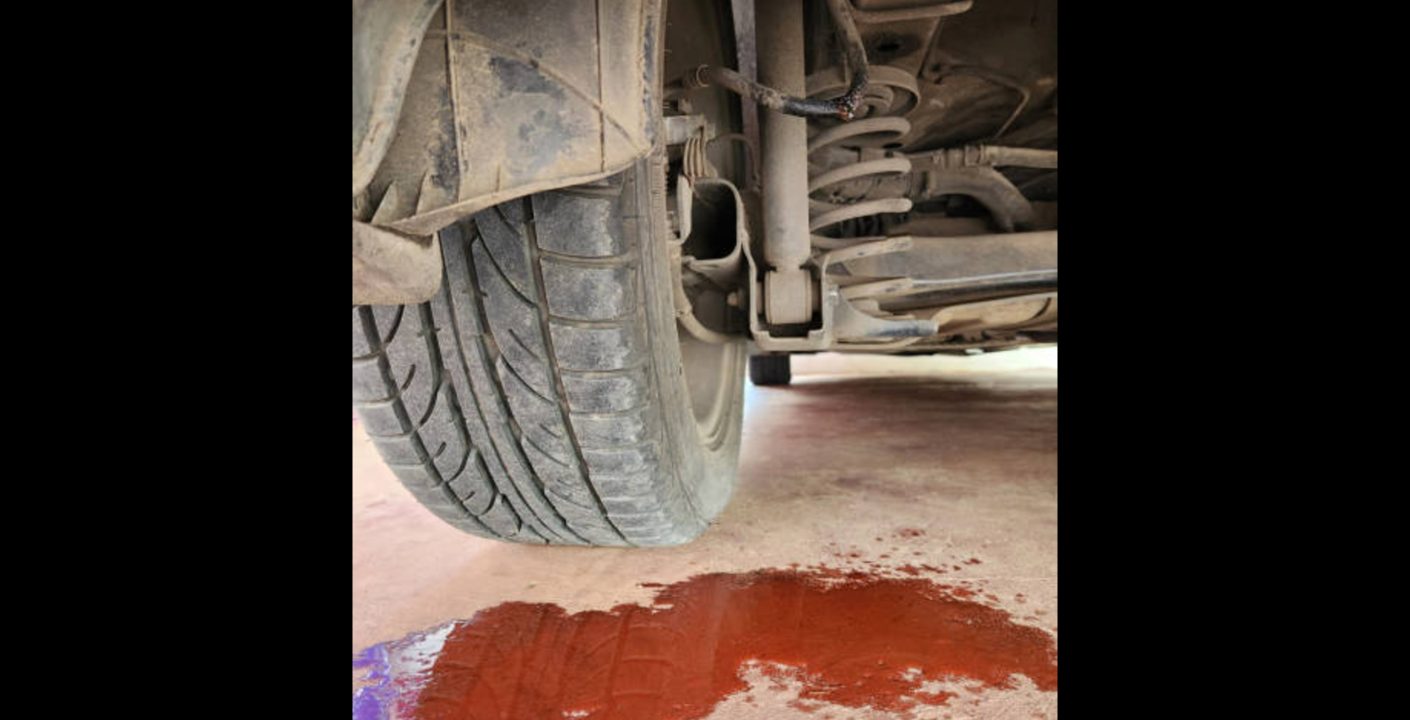Fuel leaks from underneath your car is a serious issue that can compromise both safety and performance. This type of leak can stem from several possible causes, ranging from minor issues to major repairs. In this blog post, we’ll discuss why fuel might be dripping from your car and what steps you can take to diagnose and fix the problem.
1. Fuel Tank Leak
Causes:
The fuel tank itself could be compromised. Older vehicles with metal fuel tanks may develop rust over time, leading to holes or weakened areas. In newer vehicles, plastic tanks can also crack if they experience impact from debris or road hazards.
Symptoms:
- Visible fuel dripping directly from the tank.
- Strong fuel odour around the car.
- Decrease in fuel levels more quickly than usual.
Solution:
If your fuel tank is damaged, it may need to be patched or replaced. Rust damage often requires a full tank replacement, while minor cracks in plastic tanks may sometimes be repaired with specialized epoxy, though this should only be considered a temporary solution.
2. Fuel Line Leak
Causes:
Fuel lines transport gasoline from the tank to the engine. These lines are generally durable but can become corroded or damaged by debris, harsh weather conditions, or age. Even small pinhole leaks can cause noticeable fuel dripping.
Symptoms:
- Fuel leaks along the route of the fuel line (usually near the underside of the car).
- The smell of gasoline, especially around the middle or rear section of the car.
Solution:
A leaking fuel line requires immediate attention. You may need to replace the fuel line entirely, as patching may not hold up under fuel pressure. If the line is rubber, you might need new hoses or clamps; if it’s metal, you may need to replace the affected section.
3. Faulty Fuel Injector Seal
Causes:
Fuel injectors are responsible for spraying fuel into the engine. They are sealed to prevent leaks, but these seals can wear out or fail. While fuel injector leaks are more likely to cause engine problems, a large enough leak can create visible dripping.
Symptoms:
- Fuel smell near the engine bay.
- Reduced engine performance or misfires.
- Visible fuel around the injector area when the engine is running.
Solution:
Inspect the fuel injectors and their seals. Replacing faulty seals can often resolve the issue. It’s best to get this checked by a mechanic, as injector work requires precise handling.
4. Damaged Fuel Pump
Causes:
In most cars, the fuel pump is submerged inside the fuel tank, but in some older models, it may be external. The pump can develop leaks at its fittings or seals over time, causing fuel to escape. Vibrations, age, and frequent use contribute to pump wear.
Symptoms:
- Fuel leaks near the rear of the vehicle.
- Low fuel pressure, which may affect engine performance.
- Noticeable fuel odor around the vehicle.
Solution:
Replacing a leaking fuel pump is necessary to prevent further issues. External fuel pumps are easier to inspect and replace, while internal pumps may require the fuel tank to be removed for access.
5. Fuel Filter Issues
Causes:
The fuel filter removes impurities from gasoline. Positioned along the fuel line, it may have weak seals or loose connections that can lead to leaks. This is especially common if the filter was recently replaced and the fittings weren’t tightened enough.
Symptoms:
- Fuel dripping near the middle or rear of the car (where the filter is located).
- Poor fuel efficiency or engine performance.
Solution:
Check if the fuel filter’s connections are secure. If a fitting or gasket has worn out, you may need to replace the filter or tighten the fittings properly.
6. Loose or Damaged Gas Cap
Causes:
A loose or damaged gas cap is a common but often overlooked cause of fuel leaks. If the cap doesn’t seal properly, fuel vapors can escape, leading to both liquid fuel and vapor leaks, especially when the tank is full.
Symptoms:
- Fuel smell near the fuel filler area.
- Check engine light may turn on in some vehicles.
Solution:
Replacing the gas cap is a quick and inexpensive solution. Make sure the cap fits snugly and has no visible damage to the seal.
7. Overflow or Spill from Overfilling
Causes:
If you recently filled up your gas tank and fuel is dripping afterward, it might be a case of overfilling. Excess fuel can escape through the overflow vent or other components, especially if the car is parked on an incline.
Symptoms:
- Fuel dripping shortly after refueling.
- Drips are temporary and stop after a short while.
Solution:
If this is the case, there is no repair needed. However, avoid overfilling in the future by stopping when the fuel pump clicks off automatically.
Safety Tips for Handling Fuel Leaks
- Park Safely: If you suspect a fuel leak, avoid driving the vehicle, as leaking fuel near heat sources can lead to fire risks.
- Contain the Leak: If possible, use a container or rag to catch dripping fuel until repairs can be made.
- Avoid Ignition Sources: Keep away from open flames, smoking, or any sparks around the vehicle.
When to See a Mechanic
Fuel leaks are often best handled by a professional mechanic due to the potential hazards involved. If you’re unsure of the leak’s source or can’t perform the repair yourself, it’s wise to seek expert help. Many automotive repair shops can detect and repair fuel leaks, helping you get back on the road safely.
Fuel leaking from underneath your car can signal a range of problems, from loose connections to major tank or fuel line damage. Addressing fuel leaks promptly not only protects your vehicle but also reduces fire risks and preserves fuel economy. As always, safety comes first, so if you’re not confident in your ability to fix the leak, consult a professional for a thorough inspection and repair.



